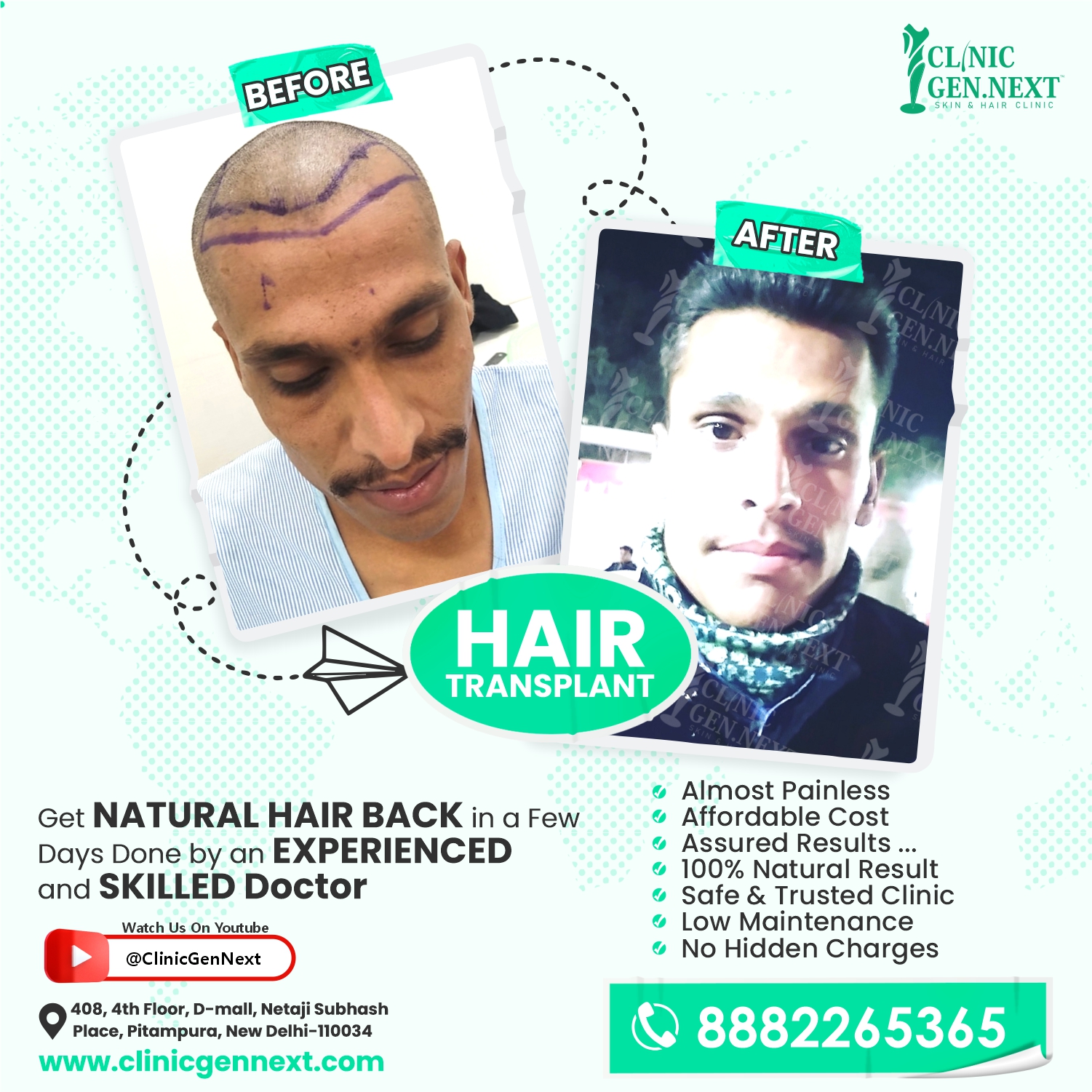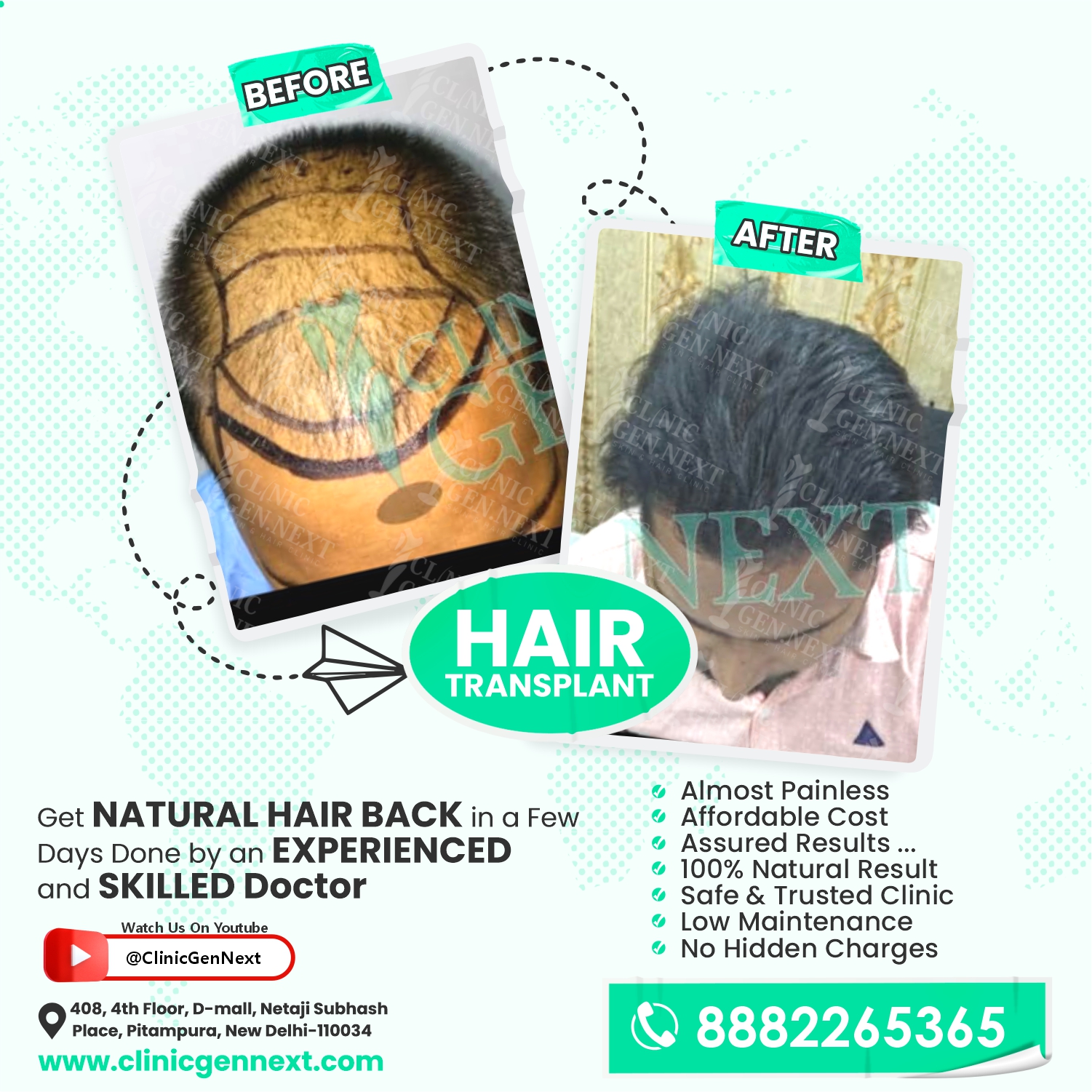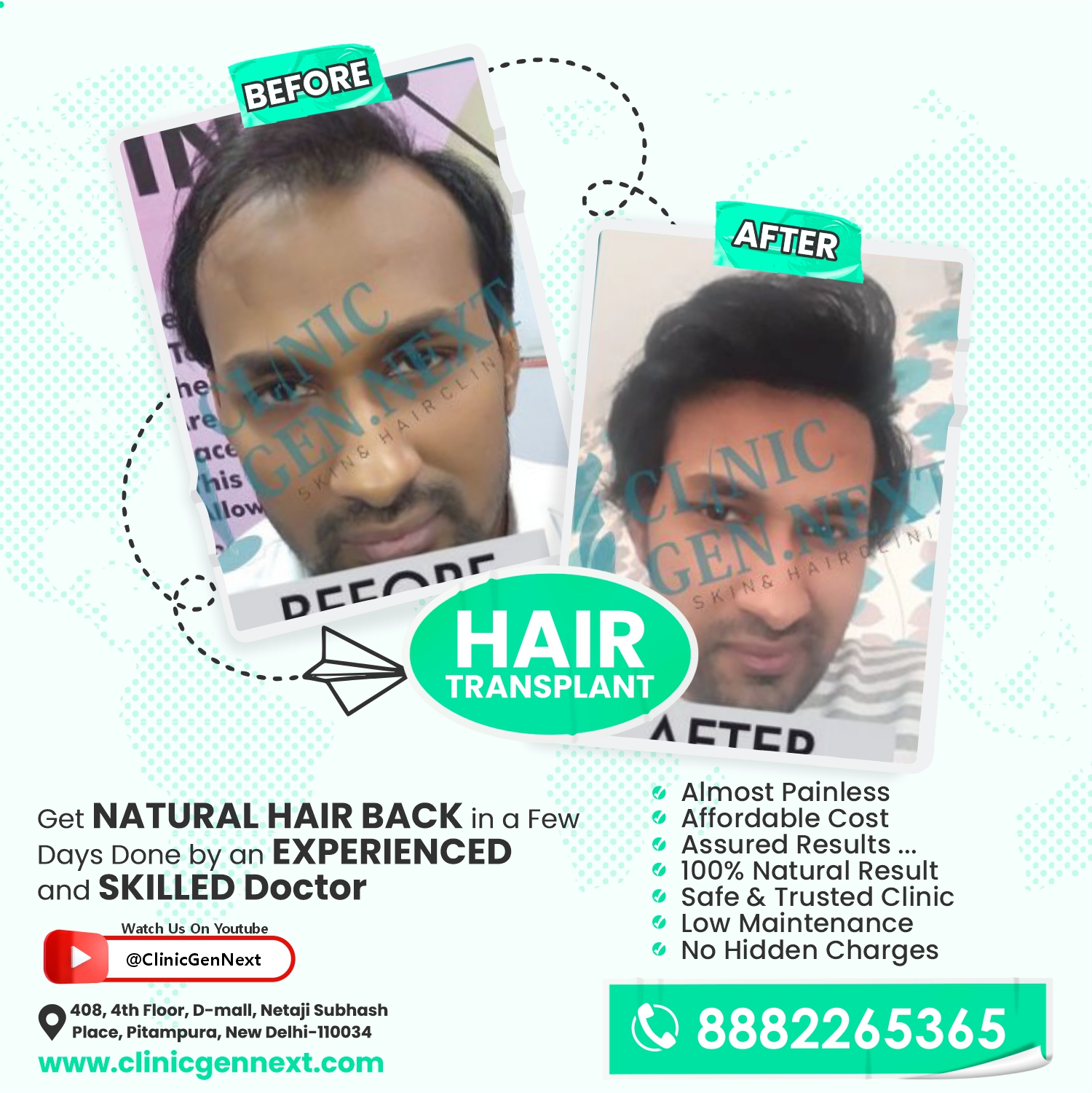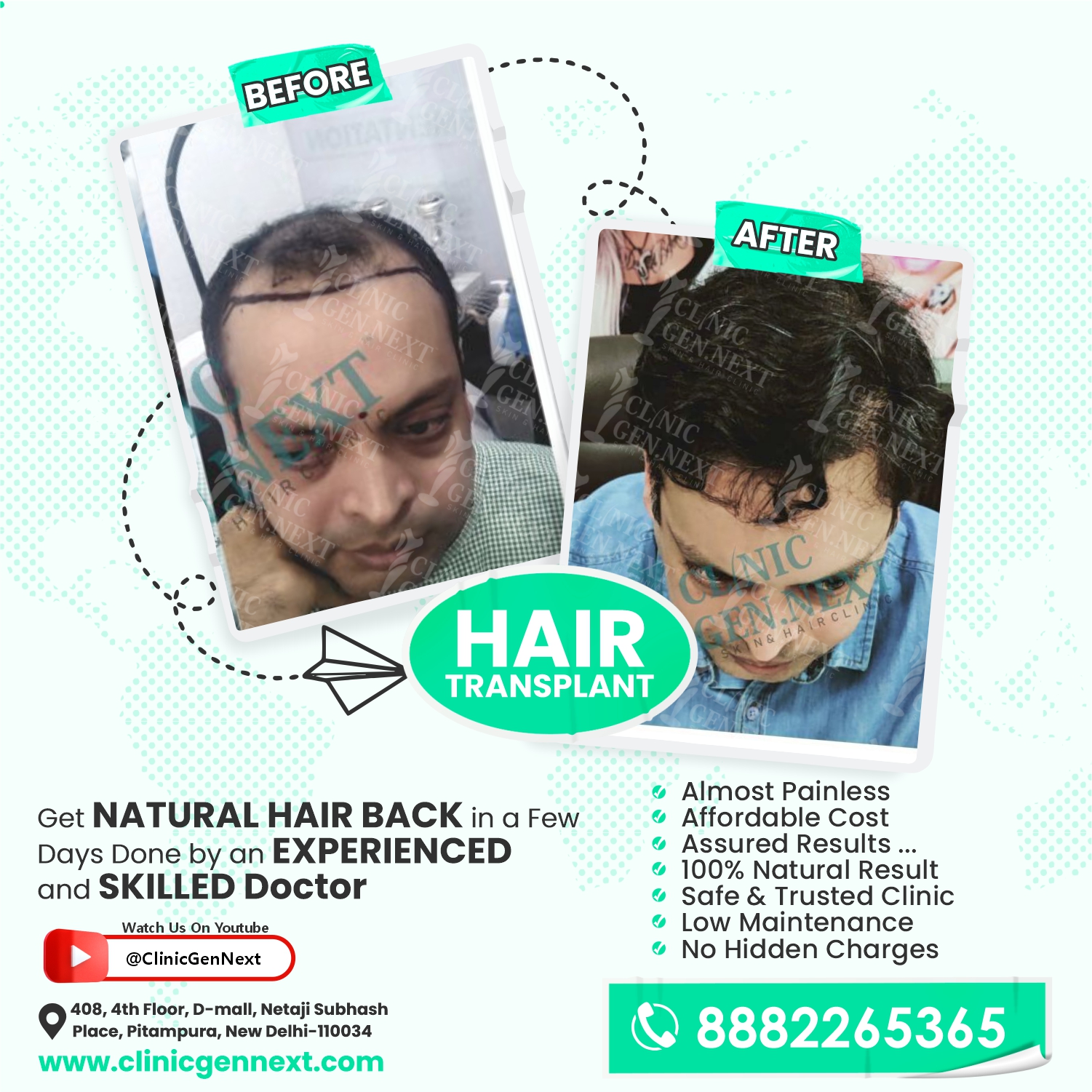
Platelet-rich plasma, or PRP, is derived from the bloodstream and has been used for years to treat musculoskeletal conditions, and more recently, skin conditions. Colloquially termed “vampire” treatments, PRP injected into the skin or used after microneedling (a technique that uses small needles to create microscopic skin wounds) may help to improve skin texture and appearance. Recently, PRP has garnered attention as a promising solution for one of the most challenging problems in dermatology.

hair loss.Platelets are one of four primary components of blood (the other three are red blood cells, white blood cells, and plasma). Platelets promote cell growth and regeneration. As the term “platelet-rich plasma” suggests, platelets are generally about five times more concentrated in PRP than in regular blood. This concentration of platelets is useful, because platelets secrete growth factors than are thought to assist in wound healing and tissue regrowth.
When it comes to hair loss, the theory is that platelets, injected deep into the scalp to reach the bottom of the hair follicle, may stimulate a specialized population of cells named dermal papilla cells, which play a critical role in hair growth.

PRP stands for “platelet-rich plasma.” The procedure consists of drawing your own blood, usually from your arm, spinning it down into three layers in a centrifuge, and injecting only the best plasma rich in platelets into your scalp through micro needling. If you can get routine blood tests done by your doctor and you are immunized regularly, PRP treatment won’t be too different from what you are already used to.











































